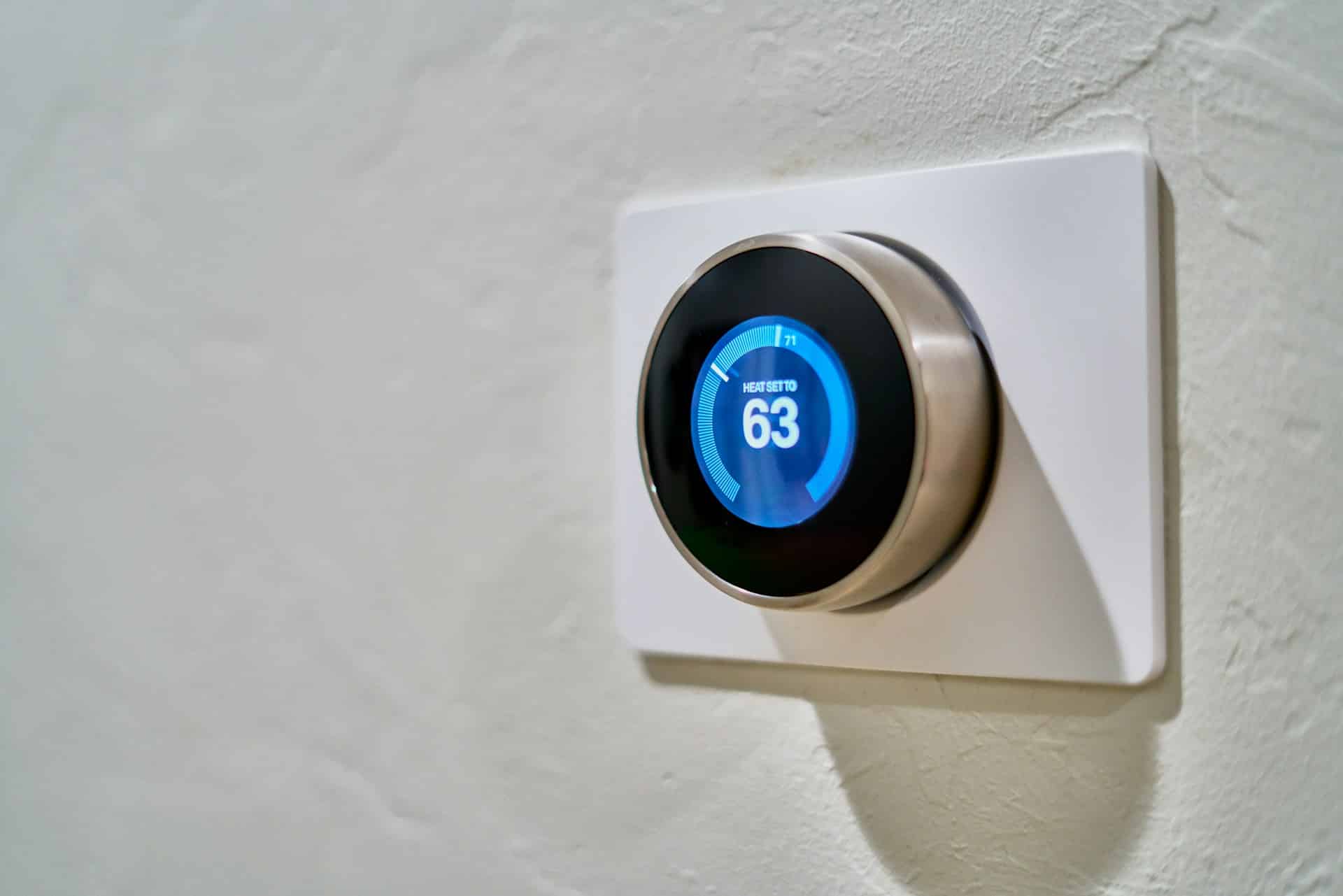You live in a UK heritage home, a building with unique attributes, history and charm. However, you also deal with frequent indoor temperature fluctuations. Not only does this make your living space uncomfortable, but it also leads to high energy costs. Today we explore how you can apply smart home features to control these temperature changes efficiently, leading to a comfortable home, lower heating bills and reduced carbon footprint.
Using Smart Thermostats for Temperature Control
Smart thermostats form the cornerstone of any modern home energy system. These devices allow for precise control over your home’s heating, drastically reducing the energy needed to maintain a comfortable living environment.
Avez-vous vu cela : How do you design a fire-resistant and eco-friendly roof for a UK log home?
Unlike traditional thermostats, smart thermostats connect to your home’s WiFi network. This affords you the luxury of controlling the temperature from your smartphone, tablet or computer, whether you are in your living room or miles away from home.
Moreover, smart thermostats monitor your routine and learn your preferences over time. This means they’ll automatically adjust the temperature based on your habitual patterns. Some even use geofencing technology to detect when you’re on your way home and will heat your home to your ideal temperature in anticipation of your arrival.
En parallèle : What are the best non-invasive methods for basement waterproofing in a historic UK property?
Lastly, these devices provide energy usage reports, helping you understand your consumption habits. As a result, you can make informed decisions about your energy use, leading to increased energy efficiency and lower costs.
Introducing Smart Heating Systems
In contrast to the conventional heating systems, smart heating systems offer a higher degree of control and efficiency. They consist of a central control unit and smart radiator valves which can be operated remotely through an app.
Smart heating systems allow you to control the temperature of individual rooms in your home. You might want your living room cozy and warm while preferring cooler temperatures in your bedrooms. With a smart heating system, you can set these preferences easily.
Furthermore, smart heating systems integrate with other smart home devices such as Google Home or Alexa. This means you can adjust your home’s temperature using simple voice commands.
A significant benefit of these systems is the power to schedule heating. You can set the system to warm your home at specific times, ensuring you will never again come home to a cold house.
Adopting Smart Heat Pumps
Heat pumps are another smart solution to control temperature fluctuations in your heritage home. They work by extracting heat from the air or ground outside your home and using that heat to warm your indoor air or water.
Smart heat pumps are exceptionally energy efficient. They can deliver up to three times more heat energy than the electrical energy they consume. This makes them a cost-effective and environmentally-friendly heating option.
Moreover, smart heat pumps can be controlled using a smartphone app, just like smart thermostats and heating systems. This allows you to adjust your heating settings from anywhere, offering comfort and convenience.
Implementing Energy-Efficient Insulation
While the primary focus has been on heating systems, it’s crucial not to overlook the benefits of smart, energy-efficient insulation. High-quality insulation is an excellent way to minimize temperature fluctuations and enhance your heritage home’s energy efficiency.
Insulation works by slowing the rate of heat transfer, hence maintaining favourable indoor temperatures. Modern insulation materials also incorporate smart technology. For instance, phase-change materials absorb heat when the temperature rises and release it back into the room as the temperature drops.
Remember, a well-insulated home will require less energy for heating and cooling, translating into lower energy costs. Besides, it contributes to a smaller carbon footprint by reducing your home’s greenhouse gas emissions.
Exploring the Power of Smart Windows
Windows play a significant role in maintaining your home’s temperature. Smart windows, also known as electrochromic windows, have a layer of tint that can be controlled electronically. When a small electric charge is applied, the tint changes to block sunlight, thus reducing the amount of heat entering your home.
Smart windows can be controlled manually via a switch or a remote, or they can be automated to respond to changes in sunlight and temperature. This helps maintain a consistent indoor temperature, reducing the load on your heating and cooling systems.
In conclusion, implementing smart home features in your heritage home can significantly control indoor temperature fluctuations. You will enjoy a comfortable living environment, increased energy efficiency, and reduced costs. So, adopt these smart solutions and transform your heritage home into a modern, energy-efficient haven.
Combining Smart Home Features with Renewable Energy
Using renewable energy sources like wind, solar, or geothermal power can further enhance your energy efficiency and create a sustainable living environment in your heritage home. Heat pumps, a form of renewable energy technology, play a critical role in this aspect.
Air source and ground source heat pumps are two common types used in domestic settings. Both systems work by absorbing heat from the air or ground and transferring it to your home. They are highly energy efficient, often delivering three to four times more thermal energy than the electrical energy they consume.
Air source heat pumps extract heat from the outside air, even in chilly weather, and use it to heat your indoor air or water. Ground source heat pumps, on the other hand, harness the stable underground temperatures to provide heating, cooling, and hot water to your home.
Smart heat pumps are a game-changer in the realm of home energy solutions. They offer the convenience of being controlled via a smartphone app, allowing you to adjust your home’s temperature remotely. Moreover, the integration of smart thermostats enables you to optimise your home’s heating schedule, ensuring maximum energy conservation.
Furthermore, using renewable energy sources can significantly reduce your carbon emissions, in line with the UK’s building regulations and commitment to a greener future. By opting for renewable energy, you not only lower your home energy bills but also contribute to the fight against climate change.
Concluding Remarks: Embracing the Future of Heritage Homes
Living in a UK heritage home presents unique challenges when it comes to maintaining a comfortable indoor temperature. This often results in high energy consumption and increased carbon emissions. However, with advancements in technology, smart home features can provide an effective solution to these issues.
From smart thermostats that adapt to your routine, smart heating systems that allow individual room temperature control, to energy-efficient insulation and smart windows, the opportunities for enhancing your home’s energy efficiency are plentiful.
Moreover, the integration of renewable energy technologies such as air source and ground source heat pumps can significantly boost your home’s energy efficiency and reduce your carbon footprint. These systems not only provide an environmentally-friendly heating and cooling solution but also offer convenience through home automation features.
While the journey to transforming your heritage home into an energy-efficient haven might seem daunting, the long-term benefits make it a worthwhile investment. From the comfort of a consistent indoor temperature, lower energy bills, to contributing to energy conservation and reducing carbon emissions, the advantages are manifold.
With careful planning and the right smart home features, you can maintain the charm and history of your heritage home while embracing modern, energy-efficient living. So, it’s time to step into the future and transform your heritage home into a smart home. Embrace these smart solutions and make your heritage home a model of energy efficiency and sustainable living.










